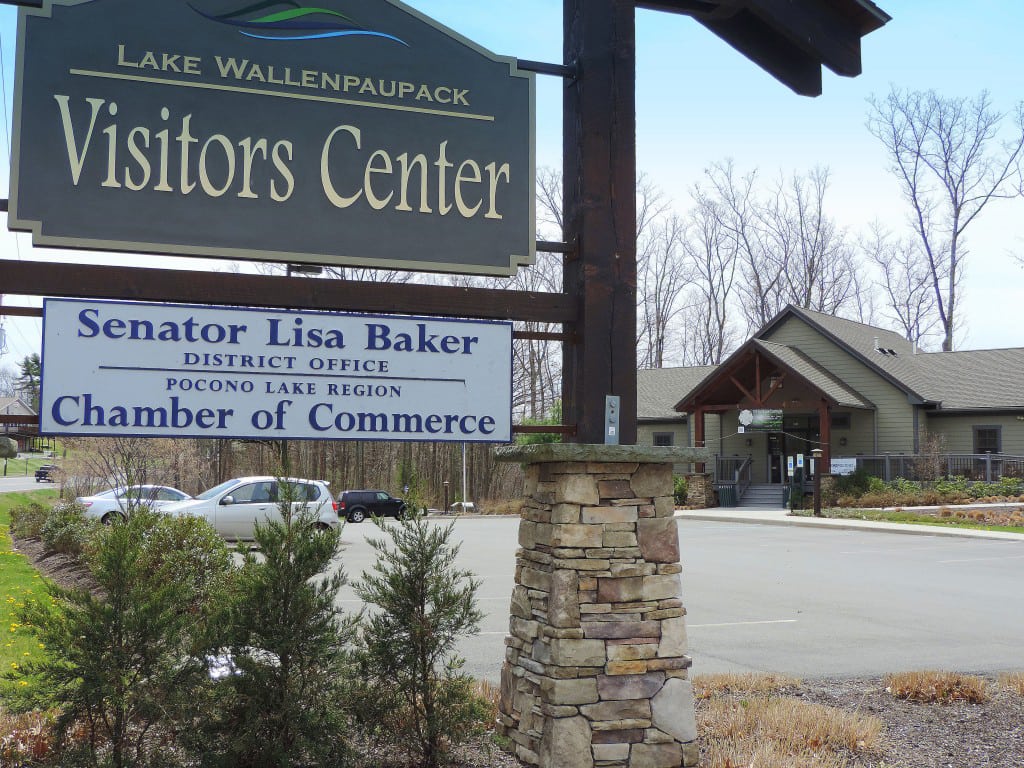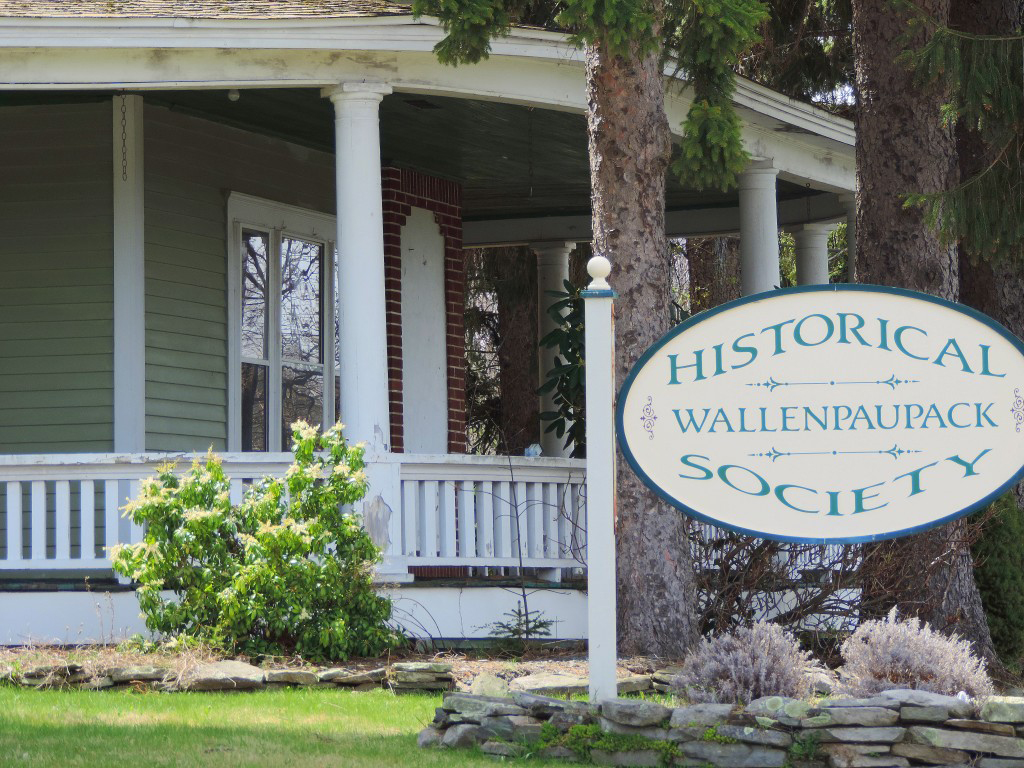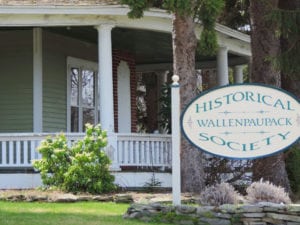
Outlined below is a little of the History of Lake Wallenpaupack, now one of the nation’s most popular lakeside recreational spots for water sports, fishing and bushcraft/hiking during the summer time; whilst providing a location for ice skating and ice fishing through the winter: Pennsylvania’s Lake Wallenpaupack is, historically, a place of constant transformation.
The body of water, famously the third largest lake in the state – with its almost 6,000 acres of fresh surface water, is unique in its genesis: it’s man-made. The lake, in its expansive form recognized today, was created in tandem with a hydroelectric power plant in 1926, by the Pennsylvania Power & Light Company (PPL).
Prior to the company’s intervention, the area was an enormous bowl shaped valley extending for miles on end. The valley’s title, Wallenpaupack, was attributed by Lenape Native Americans living in the area years before the European colonists reached Pennsylvania. The name is a description of sorts, common among Indian titles, translating to ‘The Stream of Swift and Slow Water’.
During the early 1900’s, engineers recognized the potential benefits of damming the Wallenpaupack Creek; both economically (by constructing the hydroelectric plant) and in a bid to control frequent flooding risks – perhaps the ‘swift water’ identified by the Natives.

The dam was constructed at Wilsonville, an area of land named after Judge James Wilson – one of the signatories of the declaration of Independence, and prolific farmer within the small town. Wilson, in turn was ‘gifted’ the 12,000 acres of land by none other than William Penn, founder of The Province of Pennsylvania.
Wilson, not only famed for his status as one of the Founding Fathers of the United States, was a prominent figure in historical legal theory, resulting in his appointment to the Supreme Court of the United States and had considerable influence over the American constitution itself. His early life seen him move across the globe; bringing socio-political theories from Scotland with him to Pennsylvania and, eventually, Wallenpaupack and Wilsonville – adding to the Lake’s rich tapestry.
Interestingly, as the PPL began its enormous constructive endeavor it began to methodically purchase land from indigenous landowners. Historical research states that the entire 12,000 acres of land was purchased during this period, from around as little as 100 independent estate owners at $20 dollars an acre, displaying the amount of faith the PPL had in their arduous investment.
In recent times, the process of preparing this land for the water build-up following the damming has become the subject of disagreement and debate. Ostensibly, the abundance of farm houses, stables, homes and other structures of the time were either bought over and reduced to rubble, or moved to another location.
However, recent reports claim that some elements of Wilsonville remain to this day, submerged under decades of fresh water and decipherable via modern day sonar technology. During a dive in 2011, Jon Tandy president of the Tafton Fire Company stated sonar scans had divulged images of ancient buildings and even the paths of some roads, still structurally visible beneath the waters.
The Wallenpaupack Historical Society exists today with the sole purpose of maintaining this cultural and historical significance, operating the Williams House as a museum boasting antiquities from the time of conversion and a great deal of knowledge from before the creek’s damming in the 1920’s.
In doing so, the society not only expertly preserves the culture of the beautiful vista, but perfectly embodies elements of the nation itself; few examples can claim the same emblematic spirit of the early United States as Lake Wallenpaupack. The very ebb and flow of the water itself testifies to the relentless progression of 20th Century America.
Contact us today (call/text us at (570) 647-5832 -OR- email us here) and we will be more than happy to speak with you about the Poconos and how we can help you get the best real estate deals.


No Comments